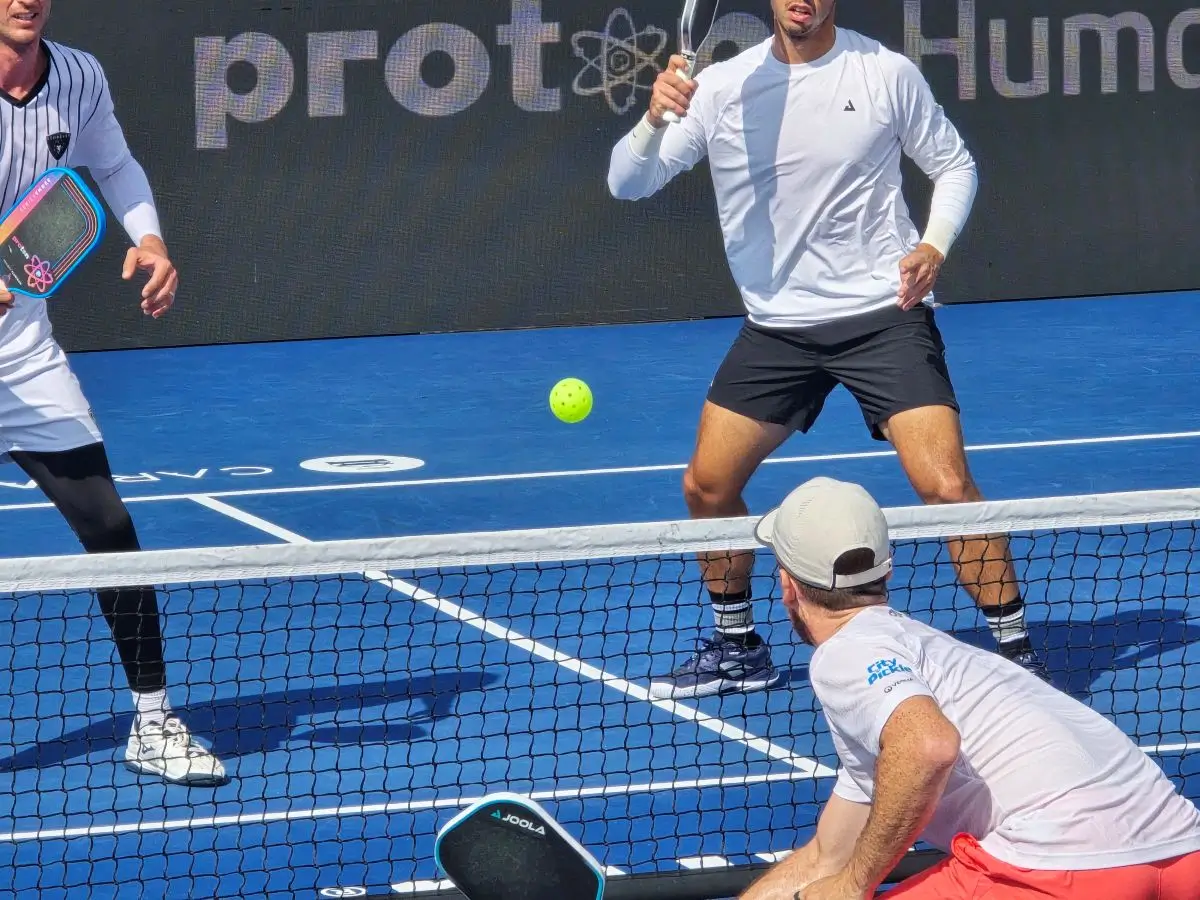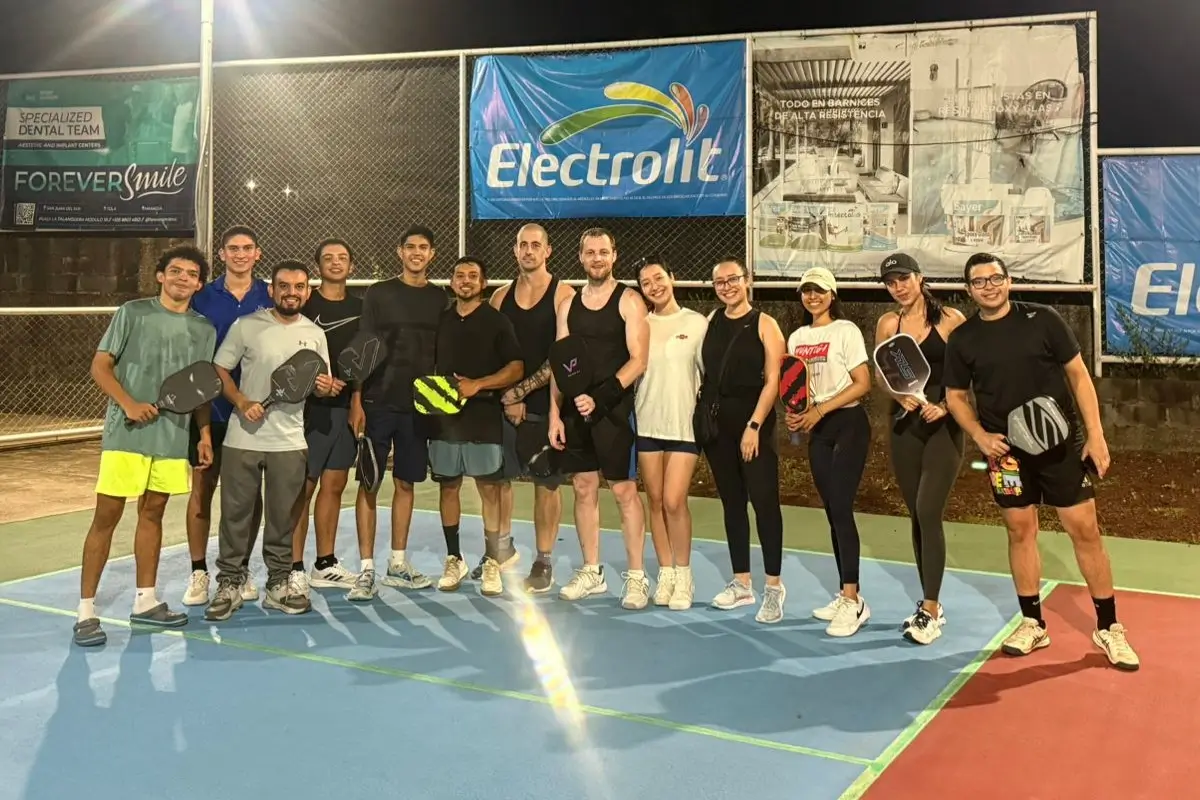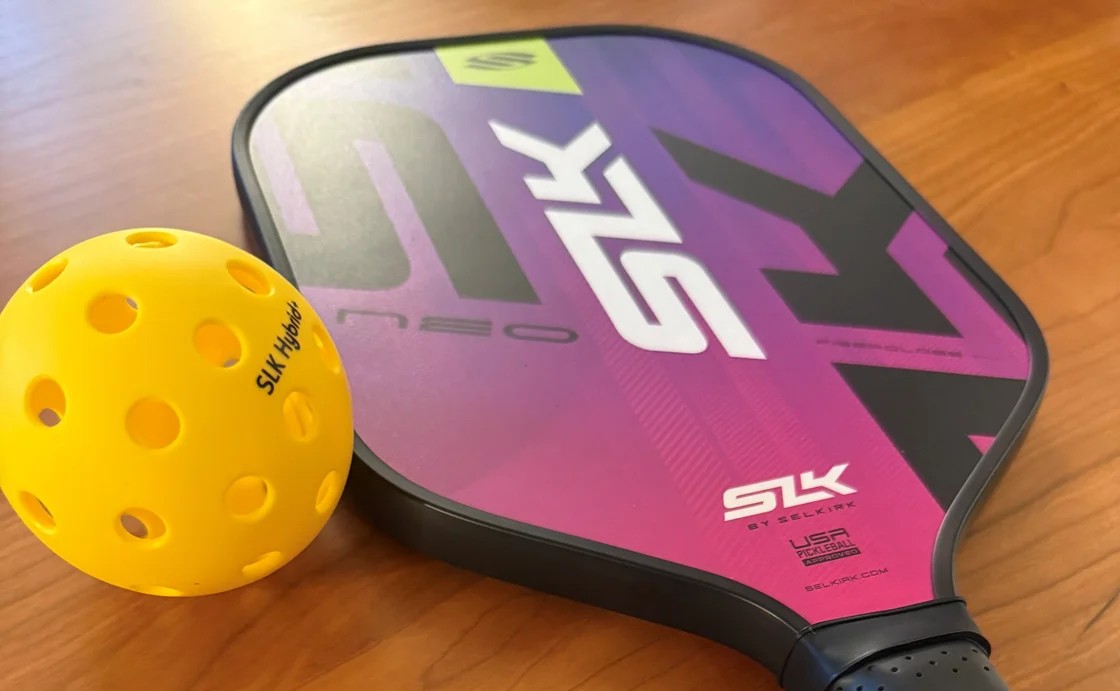From Practice to Performance, Part 2: How to Play the Opponent
Learn how to shift from just hitting the ball to truly playing your opponent. In this pickleball strategy guide, we break down how to read opponents, adjust tactics mid-match, and enhance your drill sessions to train your competitive mindset to win under pressure.

In Part 1 of this series, Training the Competitive Mindset in Pickleball, Geoff explored the mental shift from being a technician focused on technique to a tactician honed in on instinctive execution. He touched on a crucial topic I want to explore further: Are you playing the ball, or the opponent?
In Part 2, I want to share my perspective on what it really means to play your opponent. I'll also give you some practical ways to tweak your training sessions so you're better prepared to make in-match adjustments and find the edge when it counts.
What It Means to 'Play Your Opponent'
Once the match starts, the last thing you want to do is get lost in your own technique. Self-analysis in the middle of a point—or obsessing about conditions, cameras, or the crowd—can derail your focus.
Instead, your goal is to enter a flow state, where you’re tuned into the match—and especially tuned into your opponent.
The Right Kind of Analysis
In The Inner Game of Tennis, we’re reminded to see our opponent not as an enemy, but as a partner in growth. That mindset is powerful—but even so, we’re still trying to win.
To play your opponent effectively, ask yourself:
- What shots are they consistently executing well?
- What shots are they missing?
- Which of my patterns or shots are giving them trouble?
- What are they punishing me for doing repeatedly?
- Are they heating up—or going cold?
You want to lean into your strengths (especially what’s working in that moment) and exploit your opponent’s current weaknesses. The players who can recognize these trends and adapt quickly tend to be the ones who win at higher levels. Those who fail to adjust—even with solid technique—can find themselves stuck in frustrating losses.
One example from my own experience: At a tournament last year, my mixed doubles partner and I made it to the finals. A few points into our first game, I noticed that the male player on the other team was tight and nervous. I told my partner, "Put every ball to him." We both did, and that small strategic shift won us the match. Sometimes, it’s that simple.
Training the Competitive Mindset
This shift—from playing the ball to playing the opponent—is a mindset that must be trained just as deliberately as your technique. So how do we work on it?
Intentional Drilling with Built-In Decision-Making
Drills are a cornerstone of training, but as you prepare for competition, you’ve got to layer in strategy. Great competitors are flexible, creative, and relentless problem-solvers. They don’t chase perfect strokes in the heat of battle—they chase what works.
Think about adding drills that train your brain to make decisions based on variables: your opponent’s position, what just happened in the rally, or what’s been working so far. In these types of drills, you’re not focused on specific patterns or technique. You care only about the outcome of each rally—so anything goes. You might even win a rally with a shot you’ve never practiced. That’s not poor preparation—that’s instinct.
A great example of this is skinny singles. Another one is where one player starts at the non-volley zone (NVZ) line and the other at the baseline. The NVZ player feeds the ball, and the baseline player has to win the rally however they choose. They can drive, drop, or work their way to the kitchen and dink.
As you run these drills, pay close attention to what’s working and what isn’t against your opponent. Then, adjust. The goal is to optimize your game based on real-time feedback—not just repetition.
Game Simulations and Pressure Situations
To truly bridge the gap between drilling and competition, you need live, match-like reps. After structured drilling, immediately transition into simulated points where choices matter more than execution. Add stakes to the game. Keep score. Create pressure. This is where instincts are forged. And you can be creative to add more layers of pressure to help simulate real match stress. Try using positive incentives and negative consequences to create pressure: the winner gets a reward (e.g., a cash prize), or the loser pays a penalty (e.g., push-ups or burpees).
From Reps to Reads: Training for Tactical Adaptation
I hope this gave you a clearer picture of what it really means to play your opponent—and some fresh, practical ways to build that skill into your training. When you start drilling with adaptability and decision-making in mind, you'll find yourself more prepared, more confident, and far more dangerous when it matters most.
Check out Part 3, where Geoff continues the series by exploring the neuroscience of performance anxiety in pickleball competition.








